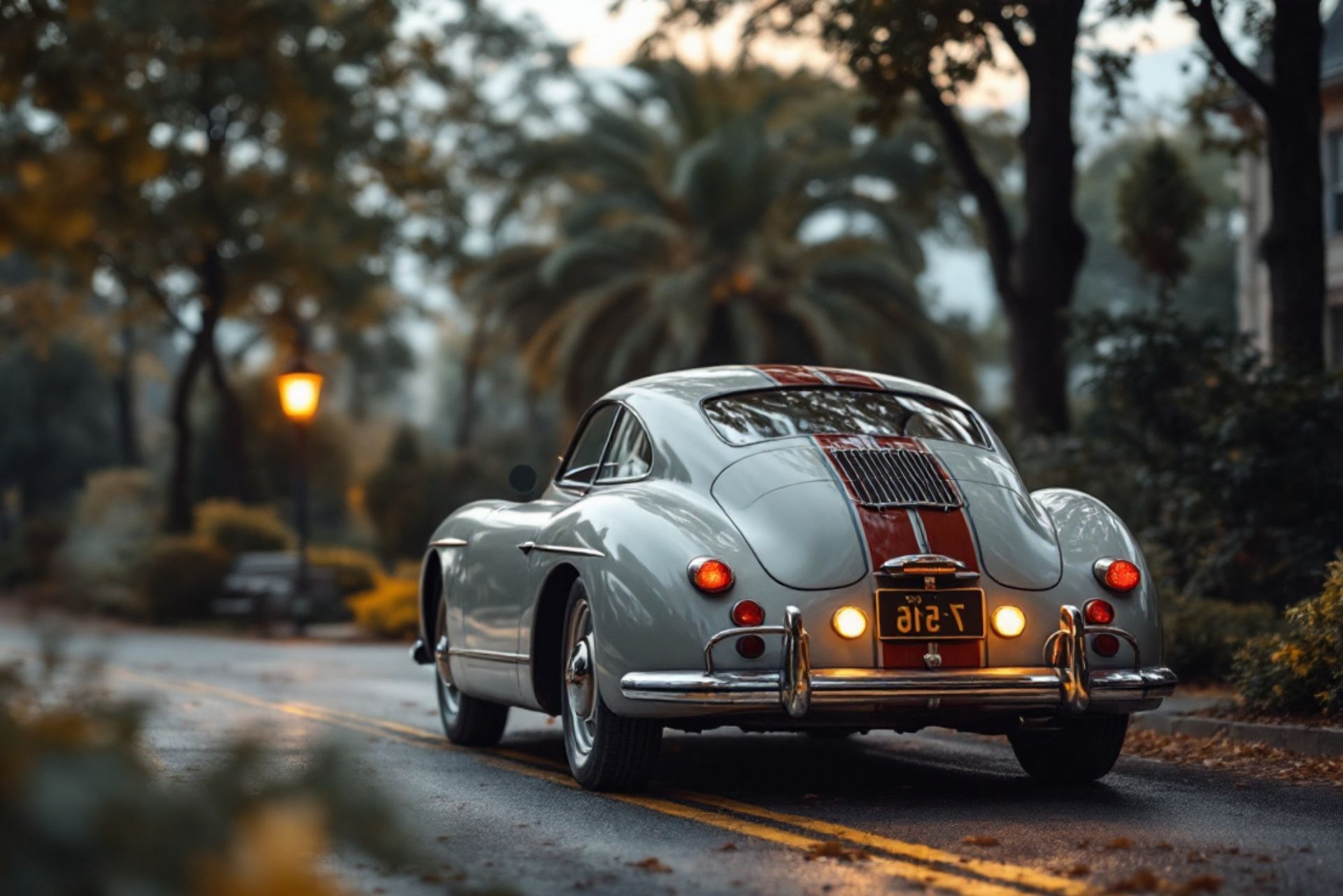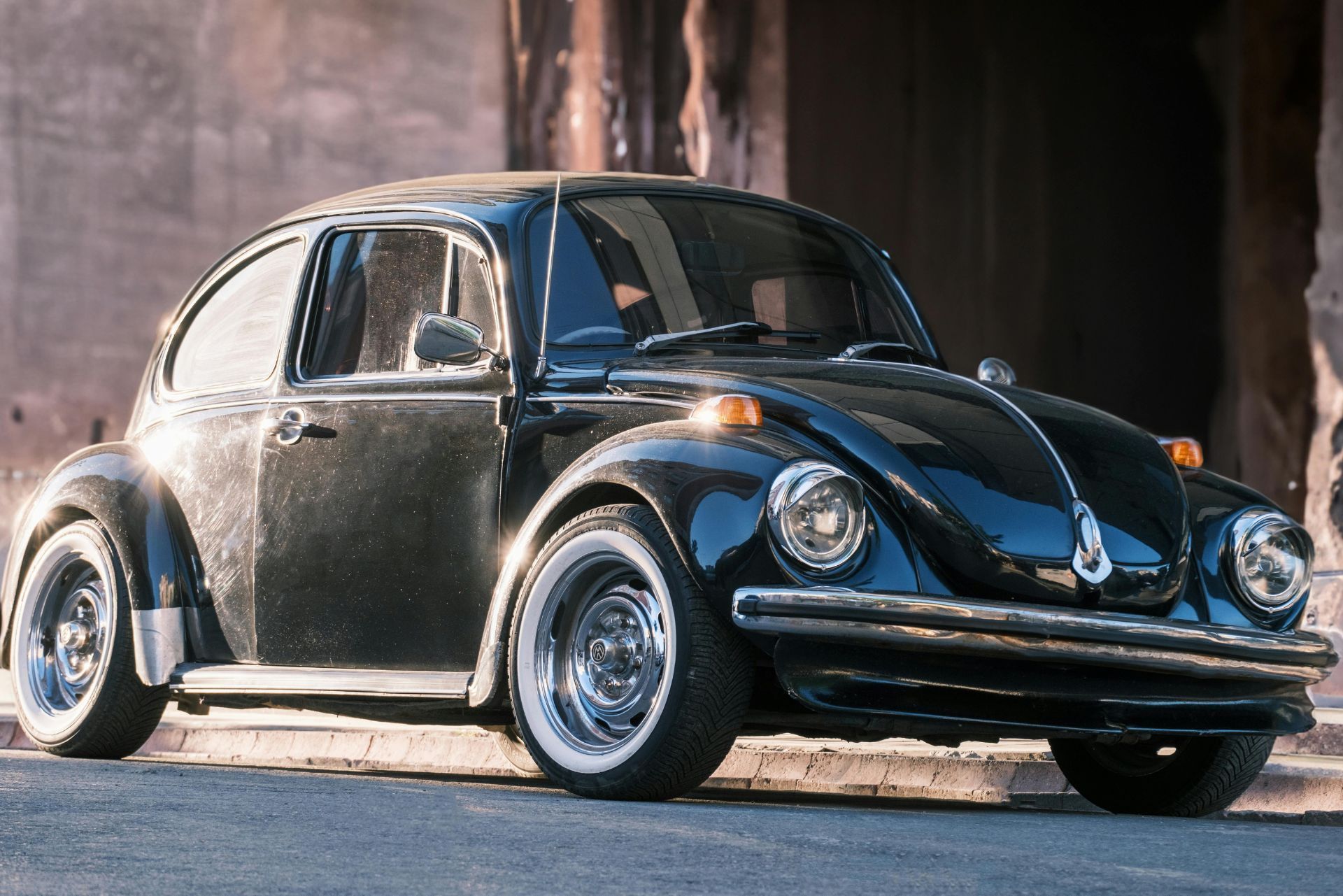
Most Common Personal Policies
Index
Contact Us
Collector cars represent more than just a mode of transportation; they embody passion, history, and investment. Protecting these valuable assets is vital, and understanding collector car insurance is the first step. This comprehensive guide walks you through the essential aspects of collector car insurance, ensuring you grasp its importance, eligibility criteria, coverage options, costs, application processes, common misconceptions, and tips for selecting the right insurer.
Understanding Collector Car Insurance
Collector car insurance is a specialized form of car insurance designed to meet the unique needs of classic, vintage, and limited-production vehicles. Unlike conventional auto insurance, collector car insurance takes into account the specific requirements and risks associated with owning an investment-grade automobile. This type of insurance provides tailor-made coverage options that help protect the financial value of these cherished cars.
Definition of Collector Car Insurance
Collector car insurance focuses on vehicles that are typically at least 15 to 20 years old and generally sought after by collectors and enthusiasts. This could include classic cars, muscle cars, exotics, or rare models that are kept in excellent condition. The goal of this insurance is to provide sufficient coverage at a fraction of the cost of standard auto insurance.
In many cases, collector car insurance policies offer agreed value coverage, which means you determine the car’s value in collaboration with the insurer. If the car is totaled or stolen, you will receive this agreed amount without depreciation, offering financial security that standard policies often lack.
Importance of Collector Car Insurance
Obtaining collector car insurance is crucial for several reasons. First and foremost, these vehicles can be substantial investments, often appreciating in value over time. Standard auto insurance may not fully protect a collector car’s value, particularly in cases of loss or damage. Moreover, insurance specifically designed for collector cars accounts for usage patterns, restoration, and collector requirements.
Additionally, collector car insurance often includes specialized coverage options that cater to the unique needs of vintage vehicles. Policies typically encompass liability, comprehensive coverage, and collision coverage, giving owners peace of mind knowing their investment is adequately protected.
Furthermore, many collector car insurance policies offer additional benefits that enhance the ownership experience. For instance, some insurers provide roadside assistance tailored for classic cars, which can be invaluable during car shows or events where these vehicles are frequently showcased. Moreover, many policies include coverage for spare parts and accessories, recognizing that maintaining a classic car often requires sourcing rare components that can be costly. This comprehensive approach ensures that collectors can enjoy their vehicles without the constant worry of unforeseen expenses or inadequate coverage.
Another important aspect of collector car insurance is its flexibility regarding mileage limits and usage. Unlike standard auto insurance, which may impose strict limits on how often and how far you can drive your vehicle, collector car insurance often allows for more lenient terms. This flexibility is particularly beneficial for enthusiasts who participate in car rallies, exhibitions, or leisurely drives, ensuring that they can fully enjoy their prized possessions without the constraints of typical insurance policies. As a result, collector car insurance not only safeguards the financial investment but also enhances the overall experience of owning and driving a classic vehicle.

Eligibility Criteria for Collector Car Insurance
Before diving into collector car insurance, it’s essential to understand the eligibility criteria set forth by insurers. Certain conditions must be met for your vehicle to qualify for this specialized form of insurance. Failing to meet these requirements could lead to inadequate coverage or rejection of the policy application.
Age and Condition of the Vehicle
Generally, to qualify for collector car insurance, your vehicle must be a vintage car, often defined as being at least 15 years old. However, many insurers may have different criteria, including specific limitations regarding the model year or production quantities. For instance, some companies may only insure cars that are considered classic, which could mean a vehicle must be at least 25 years old or have a certain level of historical significance.
Beyond age, the condition of the vehicle plays a vital role. Cars usually need to be well-maintained, and many insurance companies require photographs or appraisals to determine the vehicle’s condition. If the car has undergone significant restoration or modifications, it’s essential to discuss this with the insurer to ensure that all enhancements are recognized in your policy. Notably, certain modifications can increase the value of the car, and having a detailed record of these changes can help in accurately assessing the vehicle's worth during the underwriting process.
Usage Restrictions for Collector Cars
Another critical factor that influences eligibility is mileage and usage restrictions. Most collector car insurance policies impose limits on how often you can use the vehicle. For instance, the policy might restrict driving to shows, parades, or occasional pleasure rides rather than daily commuting or commercial activity. These restrictions are primarily in place because collector cars are often not driven as frequently, which lowers the risk of accidents. Understanding these usage limitations will help ensure you don’t accidentally void your coverage while enjoying your collector car.
Additionally, some insurers may also require that you have a primary vehicle for daily use, further emphasizing the collector car's role as a leisure vehicle rather than a daily driver. This requirement not only helps to mitigate risk for the insurer but also encourages collectors to treat their vehicles with the care and respect they deserve. Furthermore, keeping a log of your vehicle's usage can be beneficial, as it provides evidence of compliance with the policy's terms and can assist in any future claims process should the need arise.
The range of coverage options available under collector car insurance is one of its most appealing features. Insurers typically offer a variety of choices designed to provide optimal protection for your vehicle.
Agreed Value Coverage
Agreed value coverage is a popular option in collector car insurance. This means that you and your insurer agree on your car’s value at the beginning of the policy. In the event of a total loss, you will be compensated for this pre-agreed amount, sparing you from depreciation issues common with standard auto policies.
This type of coverage is particularly valuable for collectors, as it protects against fluctuations in the market value of classic cars. If you’ve invested significantly in your collector vehicle, this ensures that you won't incur financial losses should an unfortunate event occur.
Moreover, agreed value coverage can also provide peace of mind, knowing that your investment is safeguarded against the unpredictable nature of the collector car market. This is especially crucial for rare models, which can appreciate in value over time, making it essential to have a policy that reflects their true worth.
Spare Parts Coverage
Another essential coverage option is spare parts coverage. This protects investments made in parts that are difficult to find or are essential for maintaining the condition of the vehicle. Whether it's rare engine components or vintage tires, having this coverage can be a lifesaver for collectors who want to keep their vehicles in pristine condition.
Additionally, spare parts coverage can also extend to tools and items used to restore and maintain the vehicle, further enhancing the value of your insurance policy.
For many collectors, sourcing original parts can be a daunting task, often requiring extensive research and networking within the collector community. Spare parts coverage alleviates some of the stress associated with this process, allowing collectors to focus on what they love most—restoring and enjoying their vehicles. It also underscores the importance of maintaining a comprehensive inventory of parts, ensuring that collectors are aware of what they have and what they may need in the future.
Cost of Collector Car Insurance
The cost of collector car insurance varies widely depending on several influencing factors. Understanding these can help you anticipate expenses and budget for your coverage accordingly.
Factors Influencing the Insurance Cost
Several critical factors can impact the cost of collector car insurance, including the car’s age, make, model, and overall condition. Additionally, the driver’s experience and claim history may play a role. Insurers will also assess how often the vehicle is driven and its storage conditions. For instance, a vintage Ferrari kept in a climate-controlled garage will typically attract a different premium than a classic Mustang parked outside year-round. The rarity and desirability of the vehicle also significantly influence the insurance cost; rare models often have higher premiums due to their increased value and the potential for costly repairs.
Unlike traditional cars, collector car insurance tends to be more affordable, primarily due to the limited usage and lower risk associated with collector vehicles. Consequently, many owners find that collector car insurance is a cost-effective solution to protect their investment. Moreover, many insurance companies specialize in collector cars, offering tailored policies that account for the unique needs of classic car enthusiasts. These policies often include agreed value coverage, which ensures that the owner receives a pre-determined amount in the event of a total loss, providing peace of mind for collectors.
Ways to Lower Your Insurance Premium
There are several strategies collectors can use to lower their insurance premiums. First, consider bundling your collector car insurance with other insurance policies you may hold, such as home or standard auto insurance. Many insurers provide discounts for bundled policies. Additionally, taking advantage of any available safety features in your collector car, such as anti-theft devices or modern braking systems, can also lead to reduced premiums, as these features lower the risk of theft or accidents.
Additionally, maintaining an excellent
driving record, reducing the insured value of the car, or increasing your deductible can yield lower premiums. Finally, exploring membership in car clubs or organizations can sometimes lead to additional discounts through certain insurance providers. Many clubs offer educational resources that emphasize safe driving practices and vehicle maintenance, which not only helps in keeping premiums low but also enhances the overall ownership experience. Furthermore, some insurers may even offer discounts for participating in collector car events or shows, recognizing the commitment of owners to preserving automotive history.

How to Apply for Collector Car Insurance
Once you understand the importance and details of collector car insurance, the next step is navigating the application process. Preparing correctly can streamline this journey and ensure that you secure coverage without complications.
Necessary Documentation
The application for collector car insurance typically requires several essential documents. Commonly requested items include proof of ownership, photographs of the vehicle, a detailed description of modifications, and information regarding the car's usage. If the vehicle has undergone restoration, receipts and documentation of work done can enhance the application.
Additionally, providing a history of your driving record can help reassure insurers about your responsibility as a vehicle owner, which may favorably impact your policy options. It’s also wise to gather any previous insurance policies you may have held, as this can demonstrate your experience with maintaining coverage for valuable vehicles.
The Application Process
The application process for collector car insurance is relatively straightforward. Most insurers offer online applications, enabling you to complete the process at your own pace. Once your documents and information are submitted, the insurer will review your application, evaluate the vehicle, and provide a quote.
During this evaluation phase, insurers may ask for additional details about the car's history, including any past accidents or claims. This information can help them assess the risk associated with insuring your vehicle. If the proposed policy meets your satisfaction, you can finalize the terms and bind the coverage. Make sure to ask any questions or request clarifications as needed throughout this process, ensuring you understand your policy before signing.
Moreover, it’s beneficial to compare quotes from multiple insurers. Each company may have different criteria for assessing value and risk, which can lead to varying premiums and coverage options. By shopping around, you may find a policy that not only fits your budget but also offers the best protection for your prized collector car. Remember, the goal is to secure a policy that aligns with your vehicle's unique value and your personal driving habits.
Common Misconceptions about Collector Car Insurance
As the collector car market grows, several myths and misconceptions about collector car insurance have emerged. Understanding these can help you make informed decisions and avoid potential pitfalls.
Debunking Collector Car Insurance Myths
One prevalent myth is that collector cars are automatically covered under a standard auto insurance policy. This is false; standard policies typically do not provide adequate coverage for collector vehicles, particularly regarding their value. Another misconception is that collector car insurance is prohibitive and overly complicated. In reality, many insurers specialize in collector cars and offer streamlined policies that enhance accessibility.
Lastly, some believe that collector car insurance is only for cars that are no longer driven. However, many insurers offer comprehensive coverage options tailored for collector cars that are regularly driven, just with additional usage guidelines.
Choosing the Right Insurance Company
Selecting the right insurance provider is critical when it comes to insuring your collector car. The company you choose will impact not only your premiums but also your overall experience in times of claims or inquiries.
Things to Consider When Choosing an Insurer
When evaluating potential insurers, take note of their reputation and experience within the collector car sector. Research customer reviews and testimonials to gauge their level of service and reliability. Additionally, you should consider their claim process and how supportive they are during difficult times, as this can make a significant difference in protecting your investment.
Lastly, pay attention to their coverage options and policy details. Ensure that the insurer you choose provides adequate options, including agreed value coverage and spare parts coverage, tailored to your needs as a collector car owner.
Red Flags to Avoid When Selecting an Insurer
While exploring insurance options, it’s crucial to be aware of red flags. Avoid companies with numerous customer complaints or a poor financial stability rating, as these can forewarn you about potential claim issues in the future.
Also, be cautious of insurers that provide significantly lower premiums than competitors without any clear explanation. This often hints at inadequate coverage or hidden exclusions that could leave you unprotected. Always ask questions and clarify terms before making a final decision on your collector car insurance.
In conclusion, collector car insurance is an invaluable tool for protecting your cherished vehicles. By understanding the various aspects of coverage, eligibility criteria, and the application process, you can ensure that your investment is secured. Doing thorough research and selecting the right insurer will provide you with peace of mind while enjoying your collector car to the fullest.


